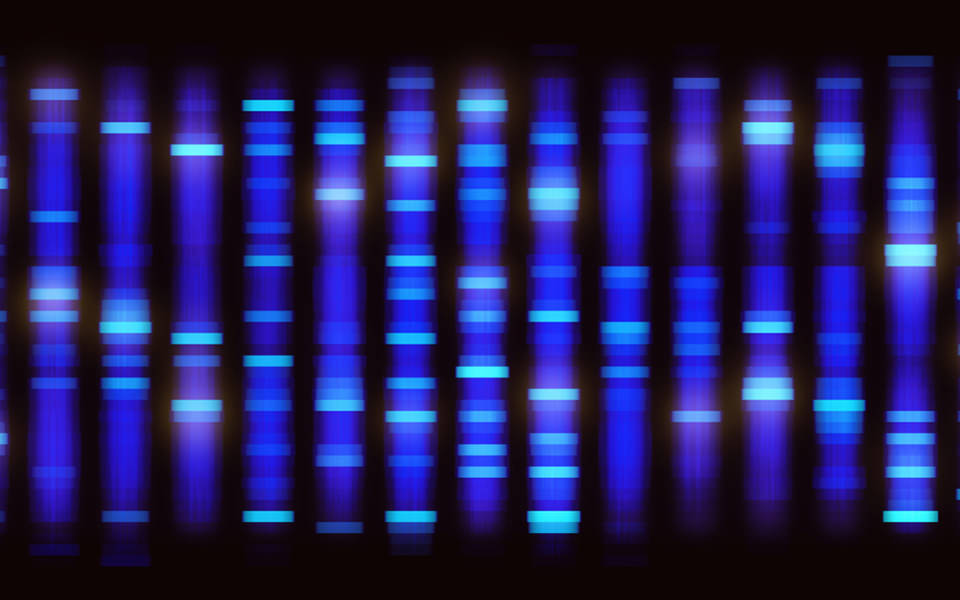The Road To CRISPR
These days, if there’s a conversation about gene editing, it often centers on the CRISPR technique. CRISPR allows researchers to quickly edit DNA more easily than any tool in the past. Labs worldwide are using CRISPR in a variety of research, including in efforts to improve crop breeding, and in the development of treatments for diseases like cancer and Parkinson’s.
But CRISPR as a gene-editing tool is still a new idea. In 2012, biochemist Jennifer Doudna and her colleagues first described the CRISPR-Cas9 technique in a study published in Nature.
Doudna, co-author of “A Crack in Creation: Gene Editing and the Unthinkable Power to Control Evolution,” discusses how her research into bacterial immune systems led to the revolutionary gene-editing technology. She also discusses the ethical questions that come up when using such a powerful tool.


